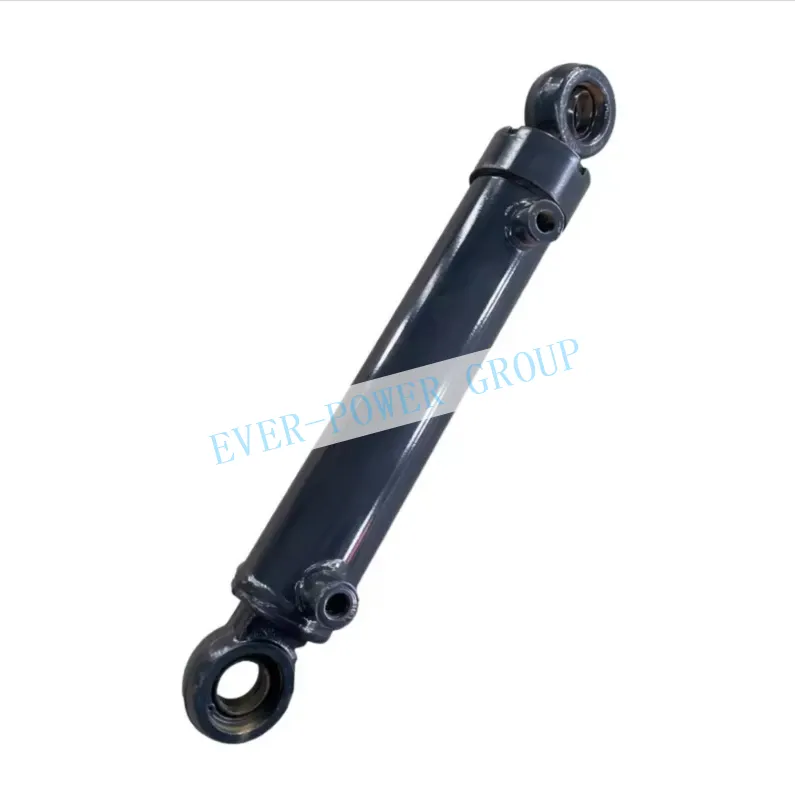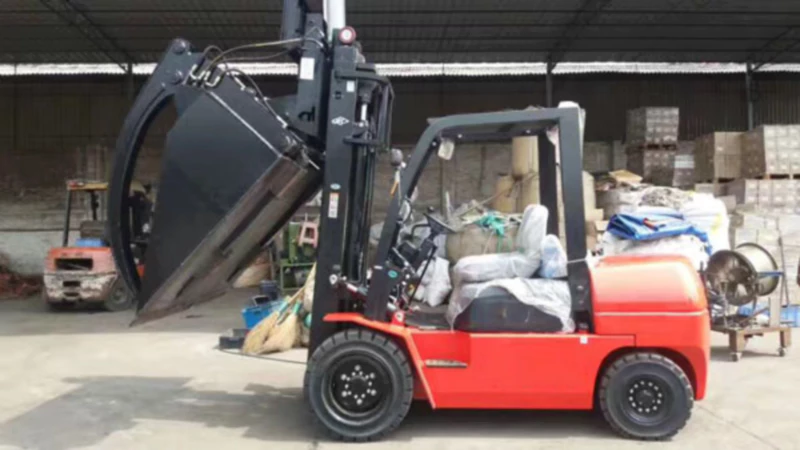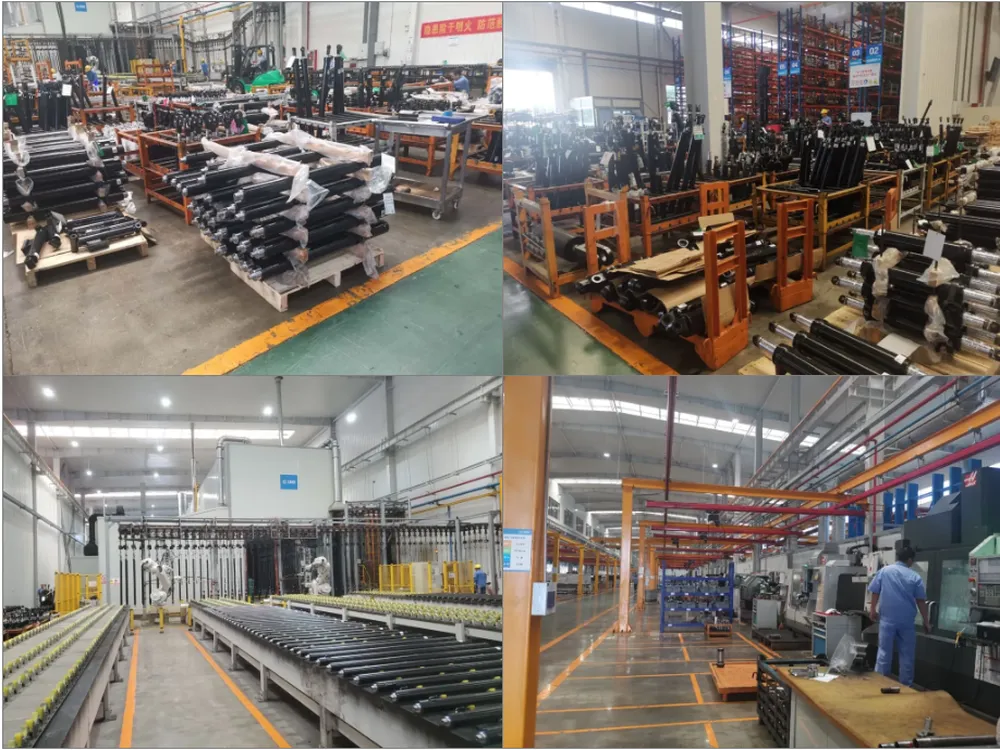Low-profile hydraulic cylinders for space-constrained environments
Introduction
In space-constrained environments, finding the right hydraulic cylinders can be a challenge. Low-profile hydraulic cylinders offer a solution to this problem, providing the necessary power and performance while occupying minimal space. In this article, we will explore the features and benefits of low-profile hydraulic cylinders, as well as their applications in various industries.
1. Understanding the design principles
Low-profile hydraulic cylinders are specifically designed to have a smaller height compared to standard cylinders. This compact design allows them to fit into tight spaces where traditional cylinders would not be suitable. By utilizing innovative engineering techniques, these cylinders maintain their strength and durability, while reducing their overall dimensions.

2. Applications in aerospace industry
Space is a valuable commodity in aerospace applications, where every inch counts. Low-profile hydraulic cylinders find extensive use in aircraft landing gears, where they provide the necessary force to retract and extend the landing gear in a confined space. Their compact design and high load-bearing capacity make them ideal for such critical applications.

3. Benefits for automotive manufacturing
In the automotive industry, low-profile hydraulic cylinders play a vital role in various assembly line operations. Their compact size allows them to be integrated seamlessly into robotic systems, providing precise control and movement. Whether it's for body panel stamping or engine component assembly, these cylinders ensure efficient and reliable performance in space-constrained environments.
4. Increased efficiency in medical equipment
Medical devices often require precise and controlled movements in limited spaces. Low-profile hydraulic cylinders find applications in medical equipment such as surgical tables, patient lifts, and imaging systems. Their compact design and smooth operation enable healthcare professionals to perform delicate procedures with enhanced precision, contributing to improved patient outcomes.
5. Conclusion
Low-profile hydraulic cylinders are a game-changer in space-constrained environments. Their compact design, high load-bearing capacity, and precise control make them indispensable in industries such as aerospace, automotive manufacturing, and medical equipment. With their ability to deliver optimal performance in limited spaces, these cylinders provide a reliable solution for various applications.
Company Promotion
Our company leads the hydraulic cylinder market in China. We offer a wide range of products, including hydraulic piston cylinders, steering oil cylinders, lifting oil cylinders, forklift hydraulic cylinders, and high-altitude work platform cylinders. With a design capacity of 200,000 sets and 300 sets of automatic CNC production equipment, we ensure the highest quality and standards in our products. We are committed to providing excellent products, competitive prices, and exceptional service.
Q&A
Q: What distinguishes low-profile hydraulic cylinders from standard cylinders?
A: Low-profile hydraulic cylinders have a smaller height, allowing them to fit into tight spaces where standard cylinders cannot be used. Despite their compact design, they maintain their strength and durability.
Q: What are the primary industries that benefit from low-profile hydraulic cylinders?
A: Low-profile hydraulic cylinders find applications in industries such as aerospace, automotive manufacturing, and medical equipment. These industries often require precise movements in space-constrained environments.
Q: How do low-profile hydraulic cylinders contribute to increased efficiency in medical equipment?
A: The compact design and smooth operation of low-profile hydraulic cylinders make them ideal for medical equipment. They enable healthcare professionals to perform delicate procedures with enhanced precision, leading to improved patient outcomes.
